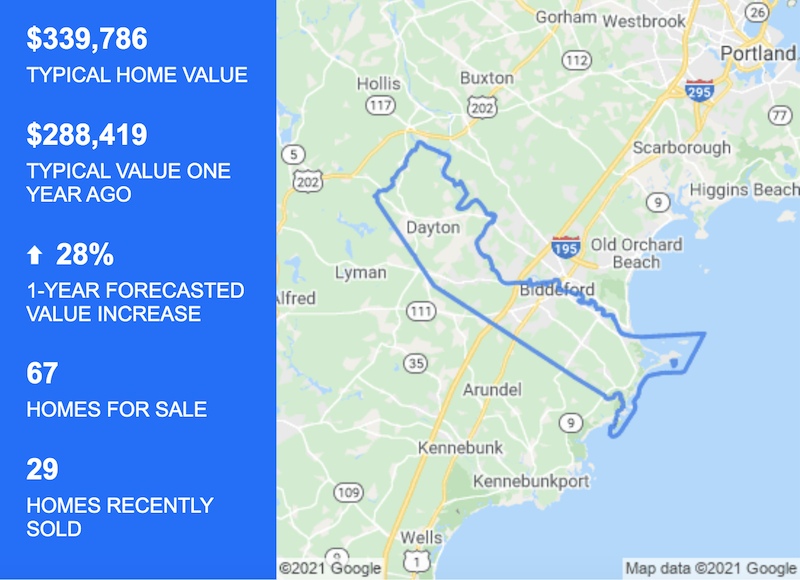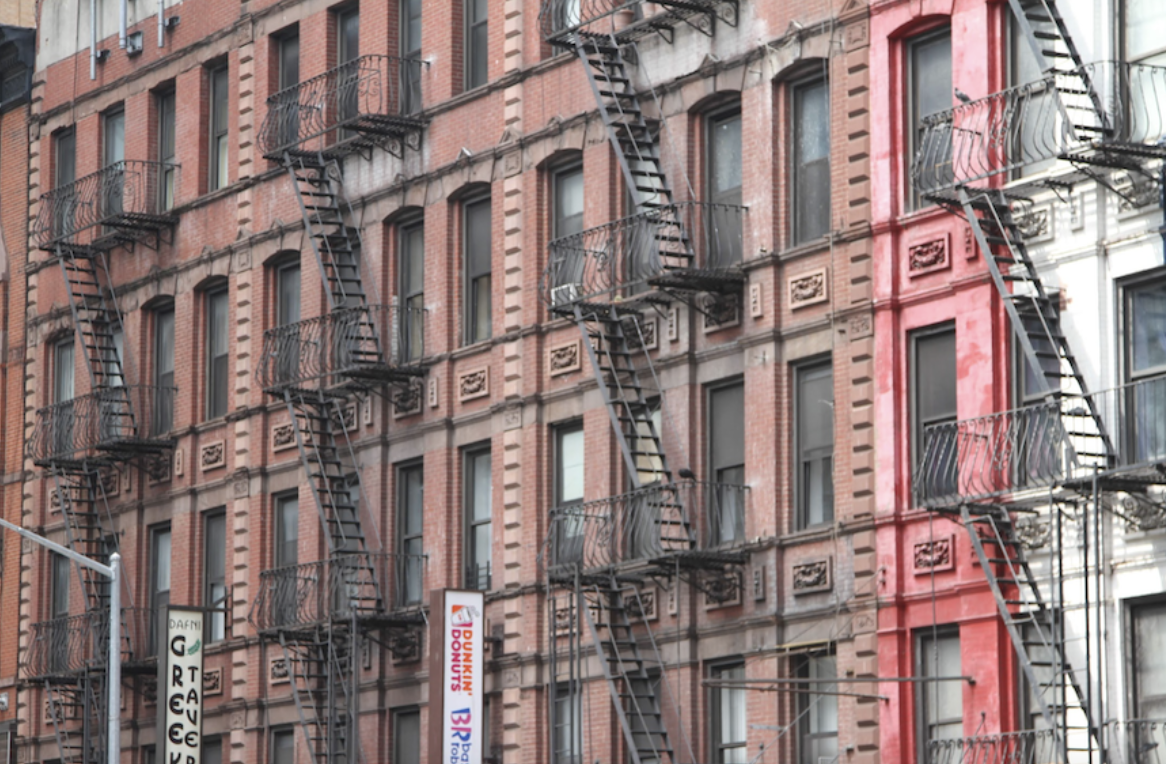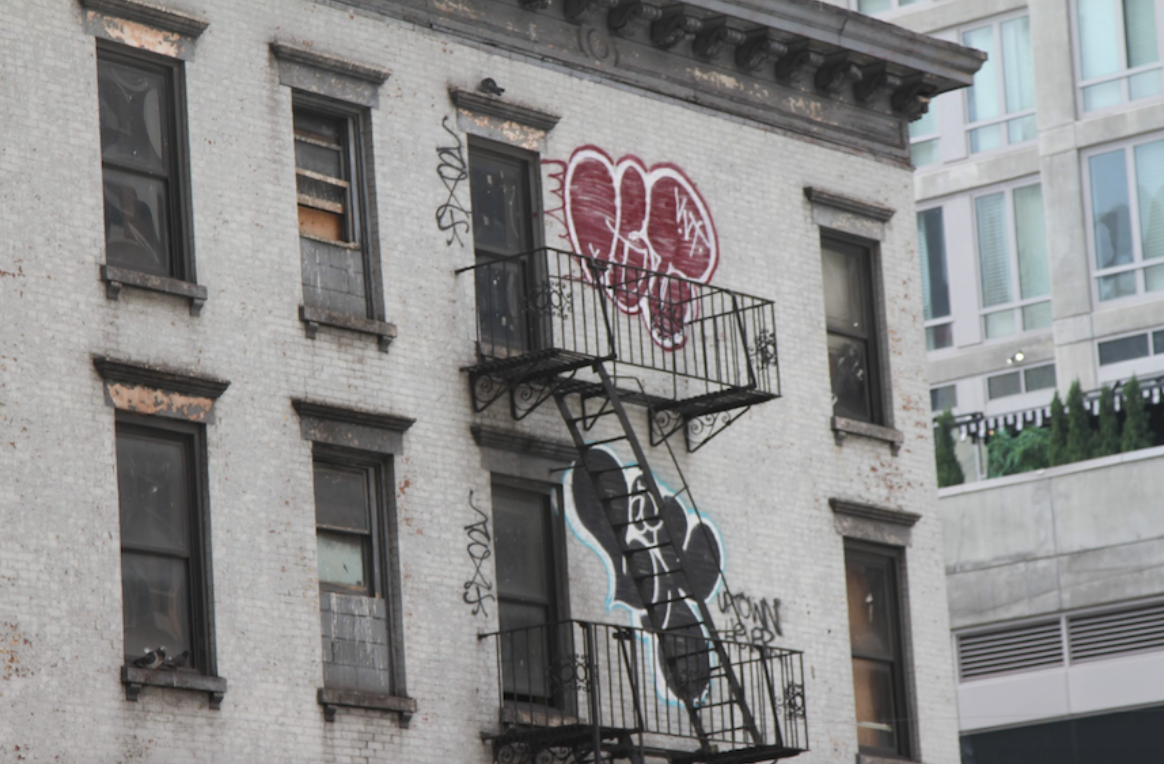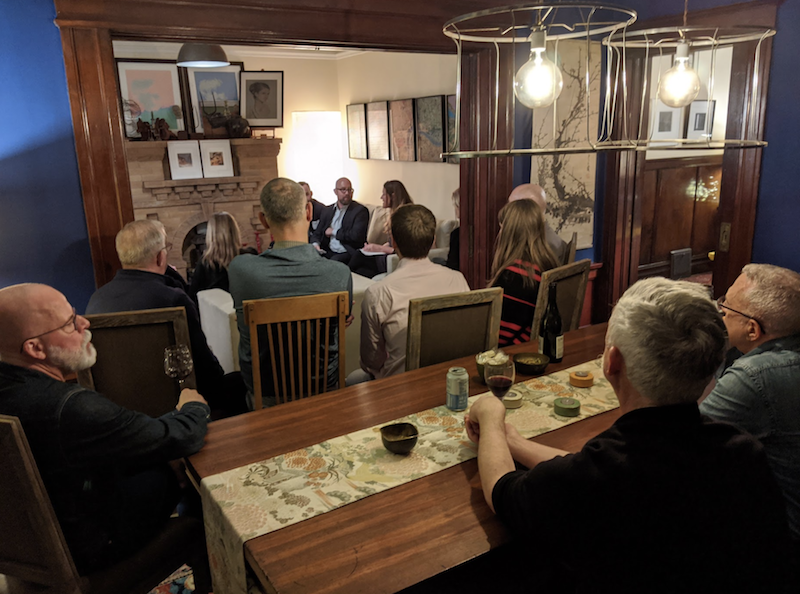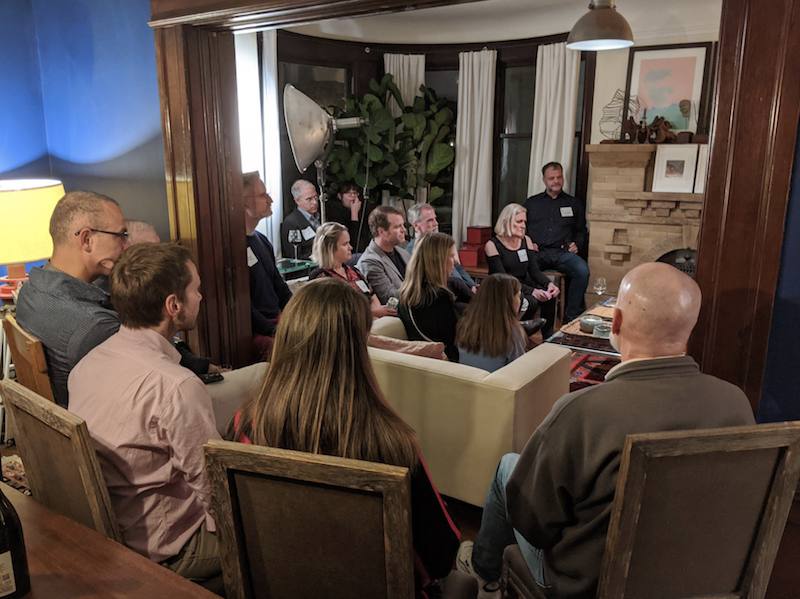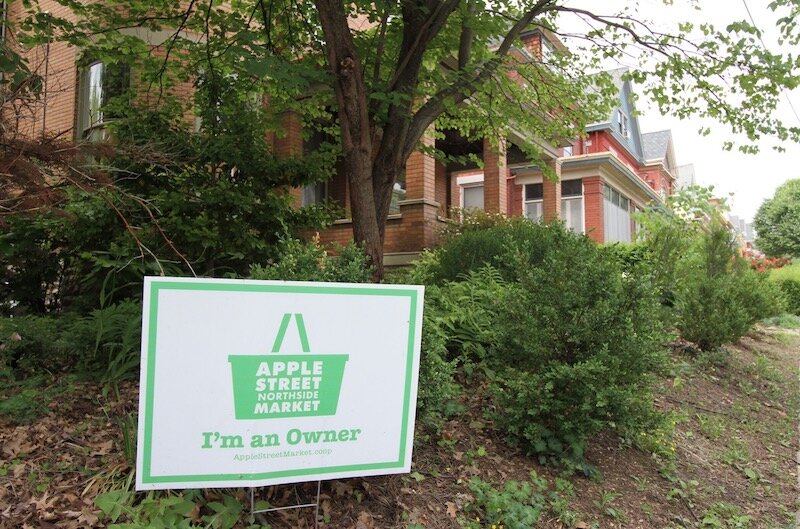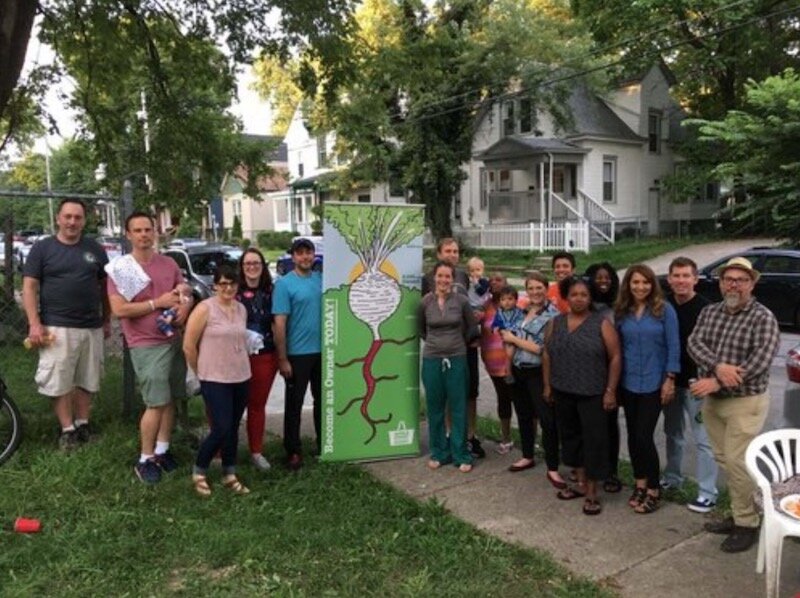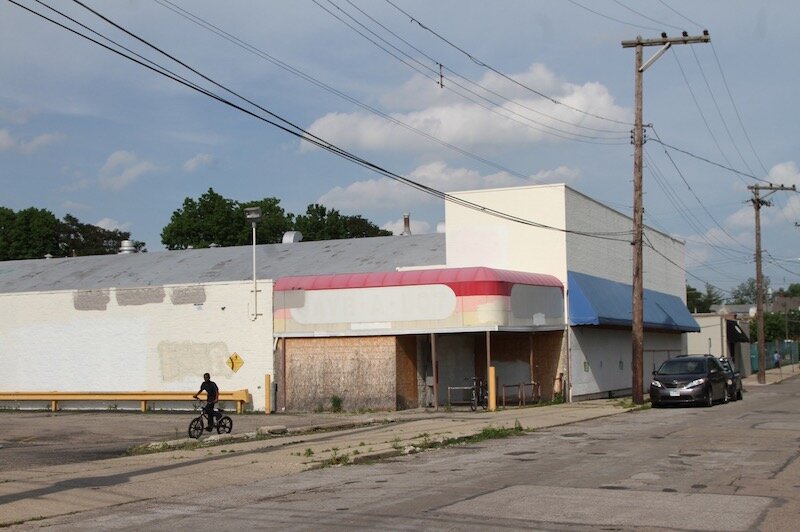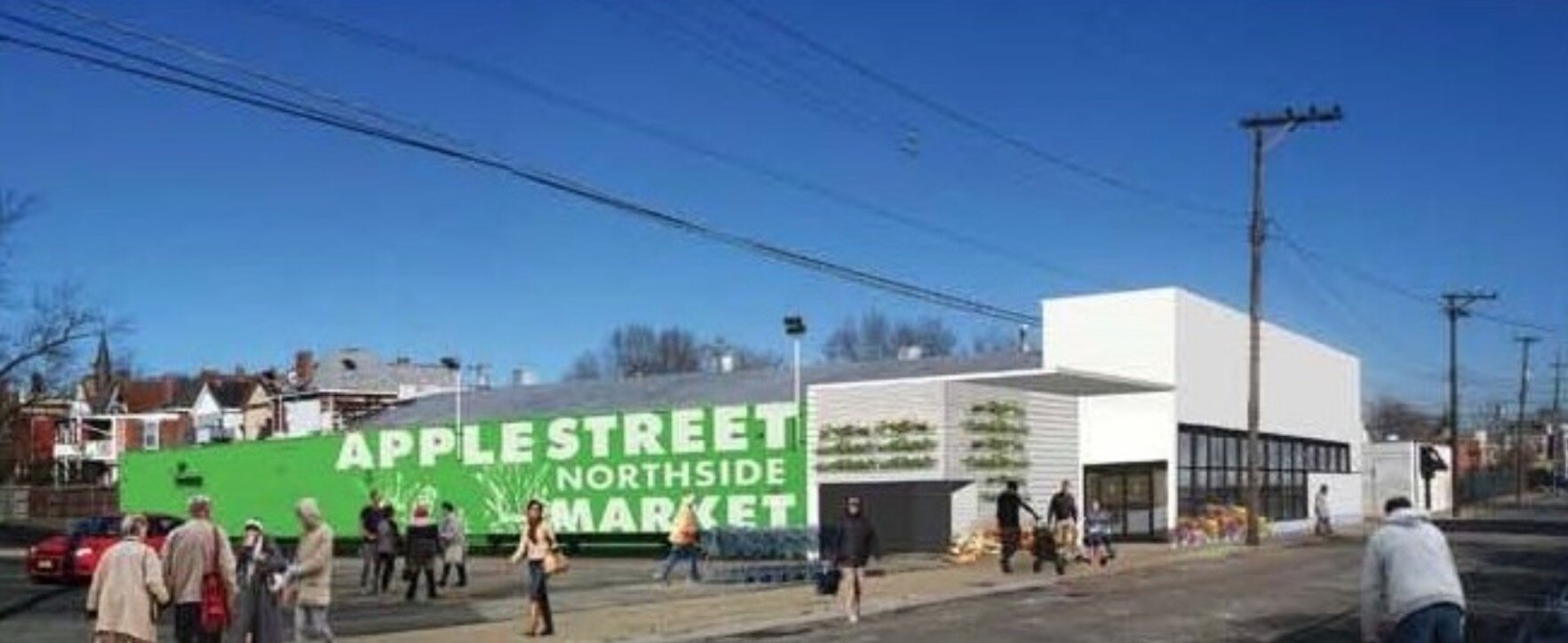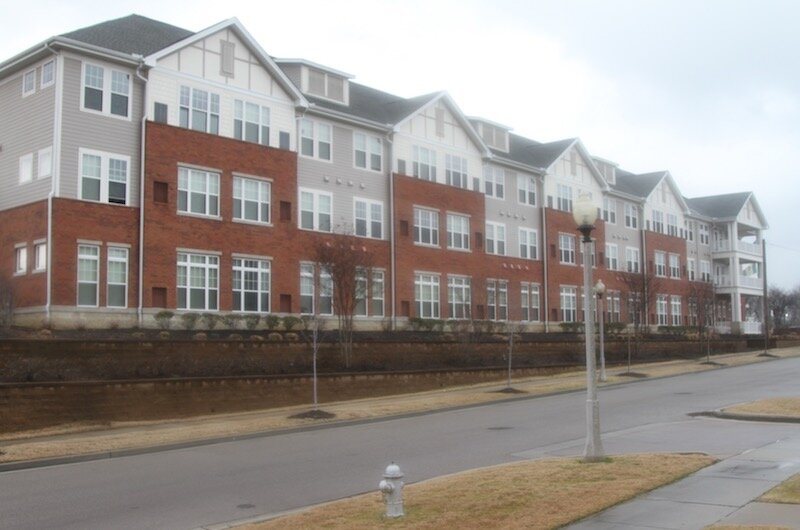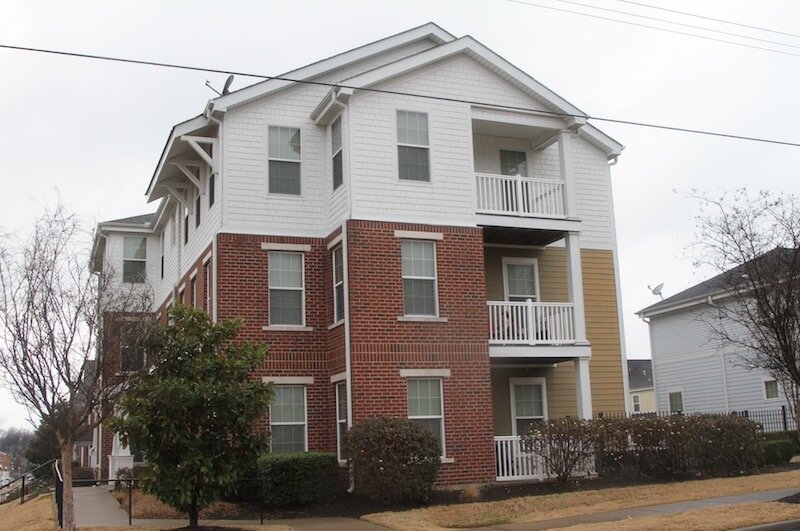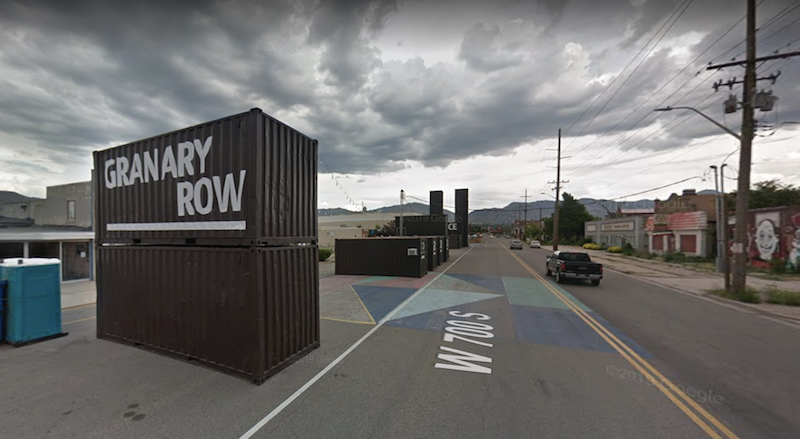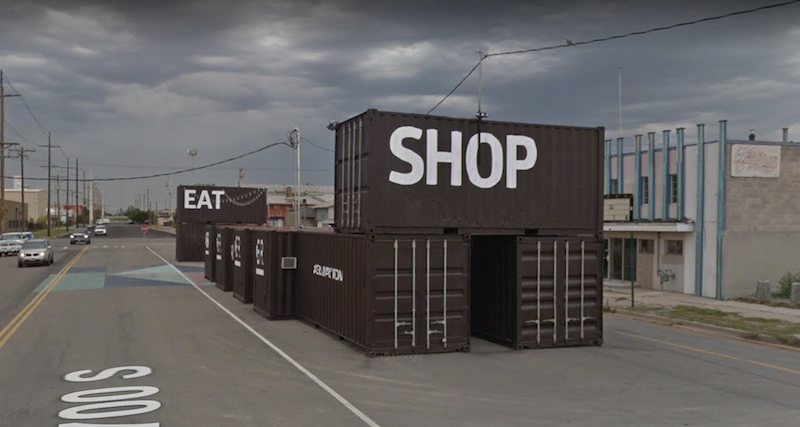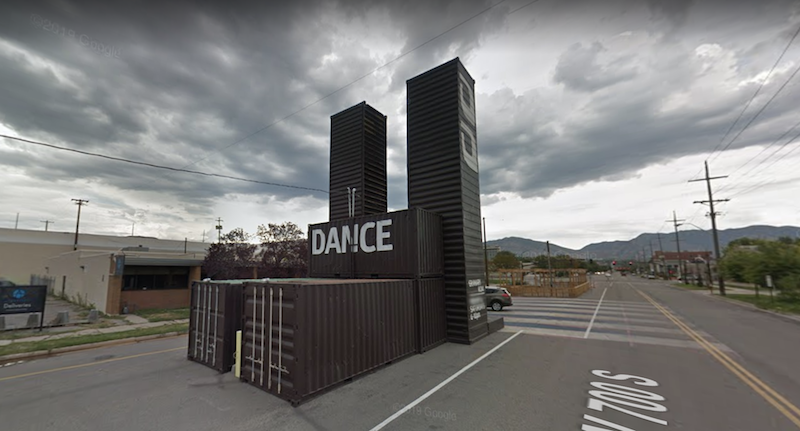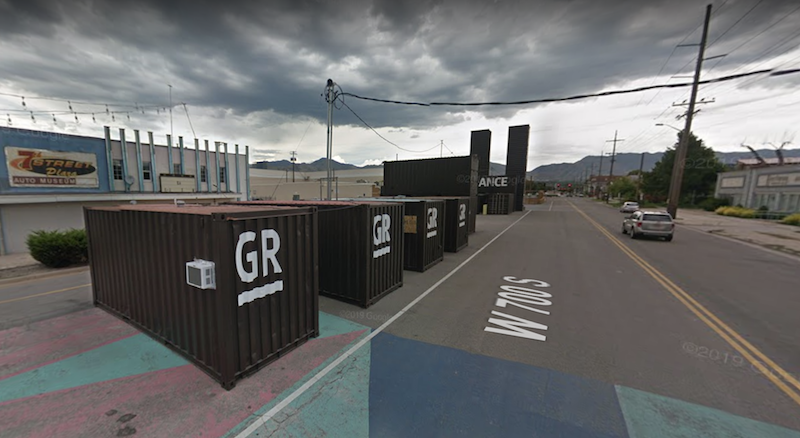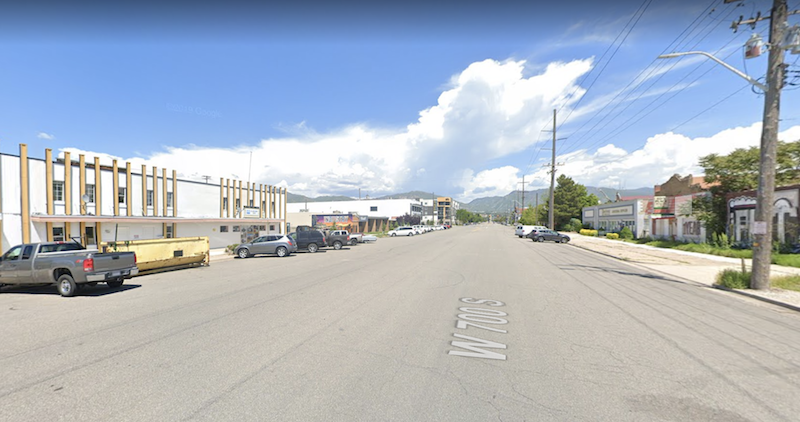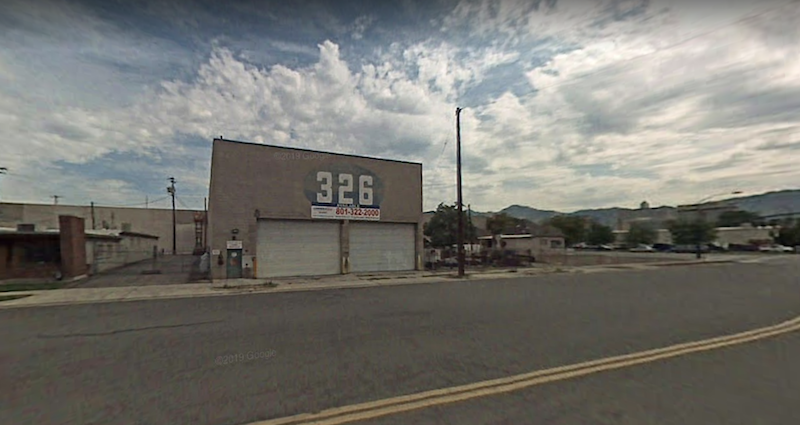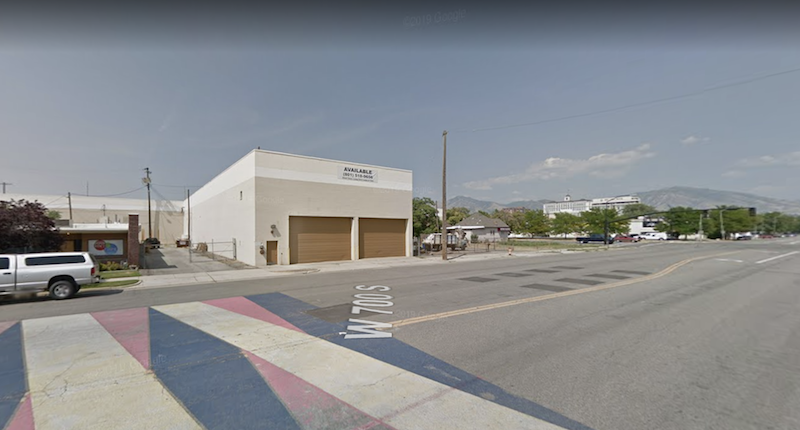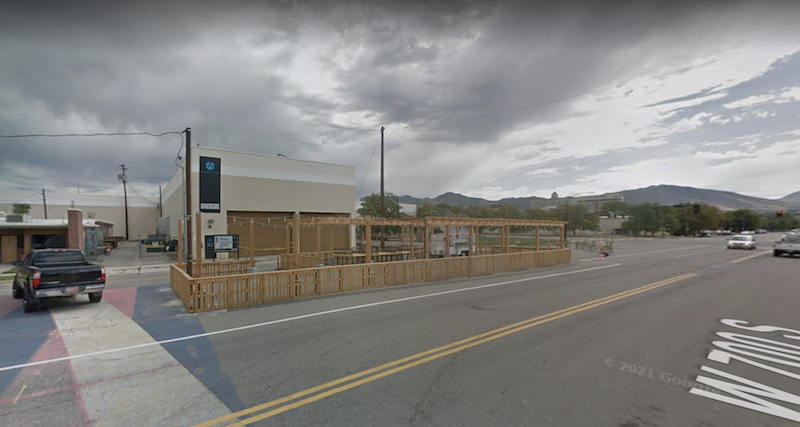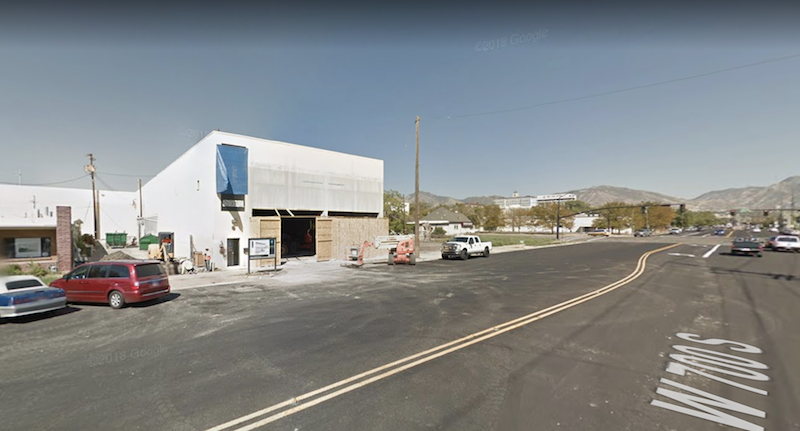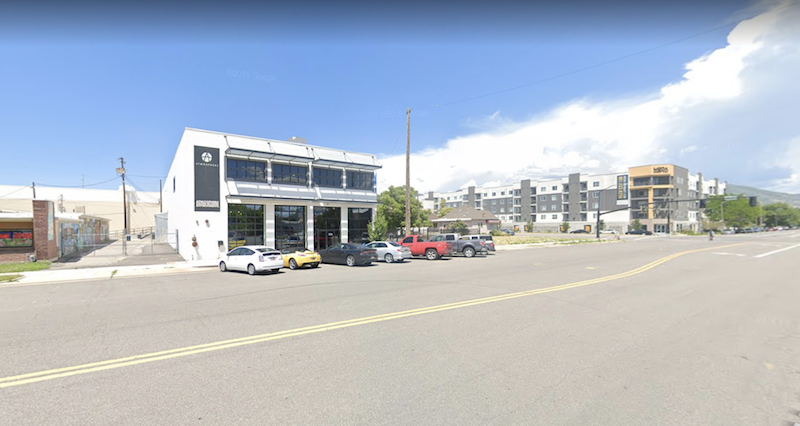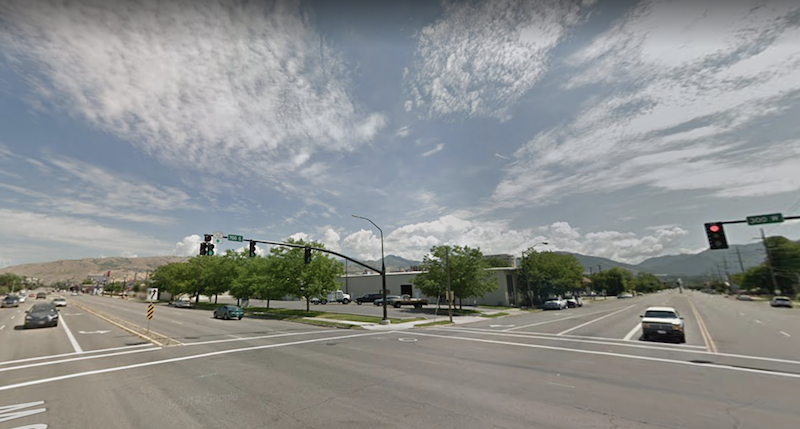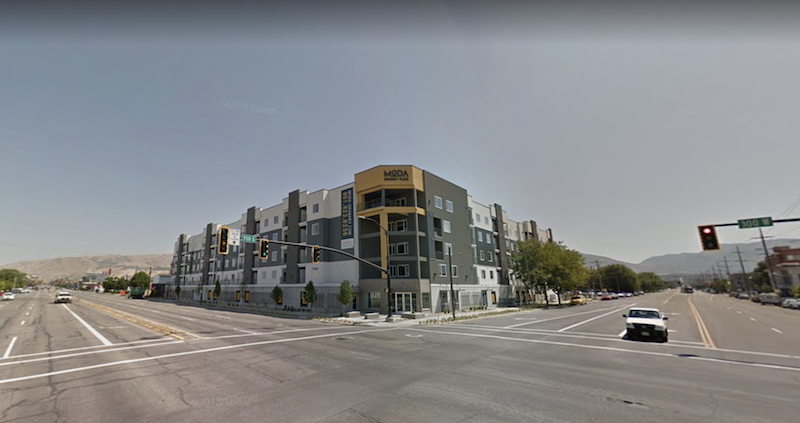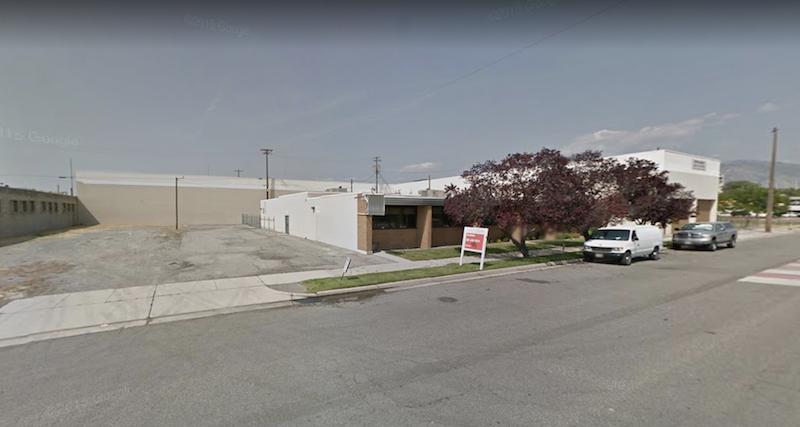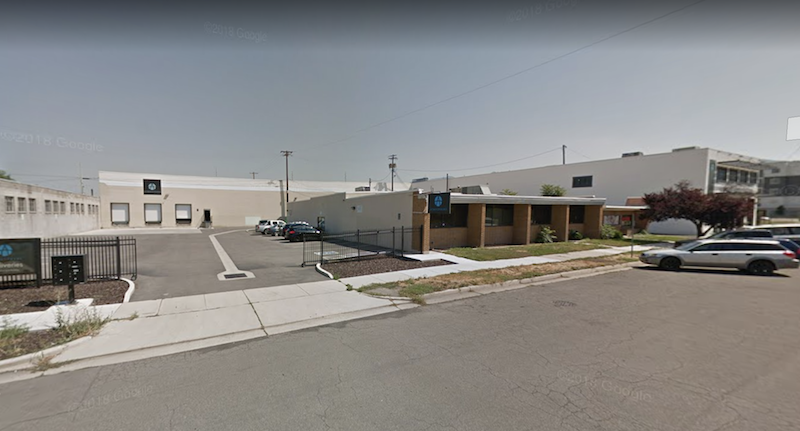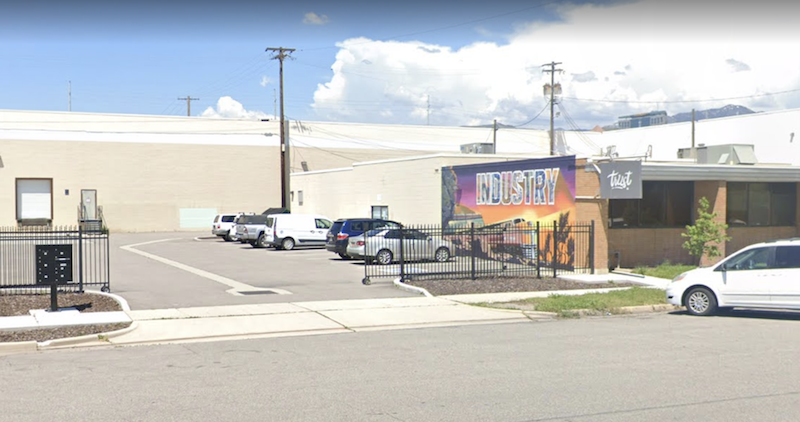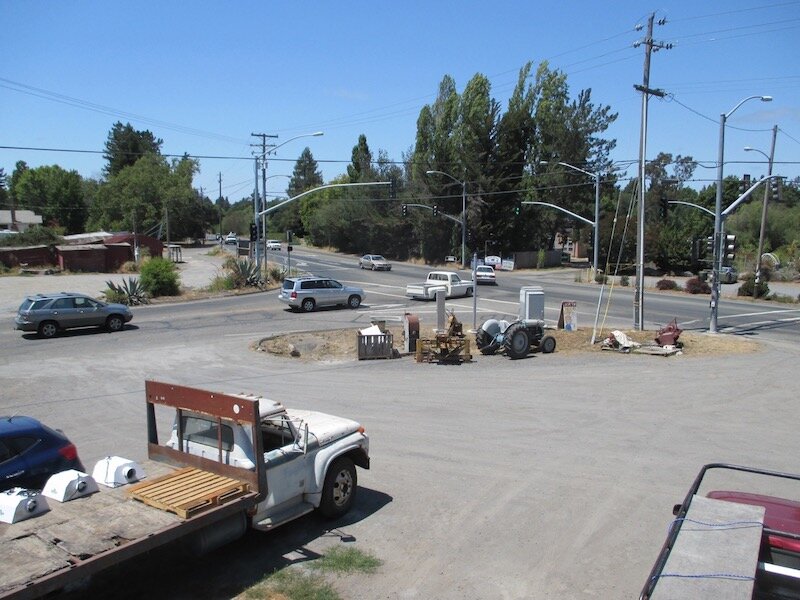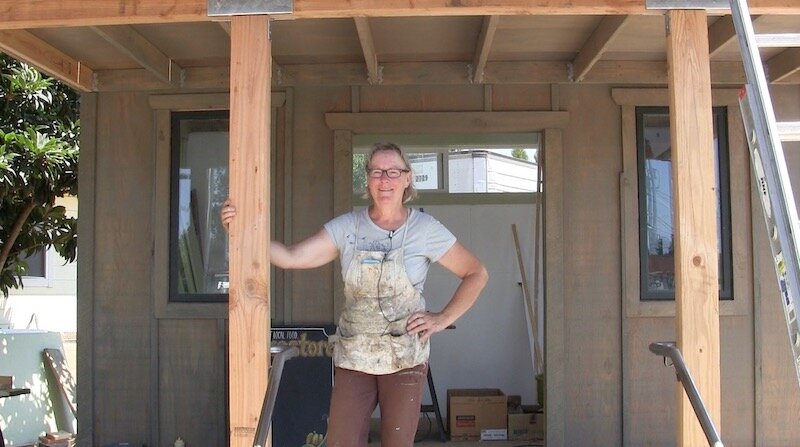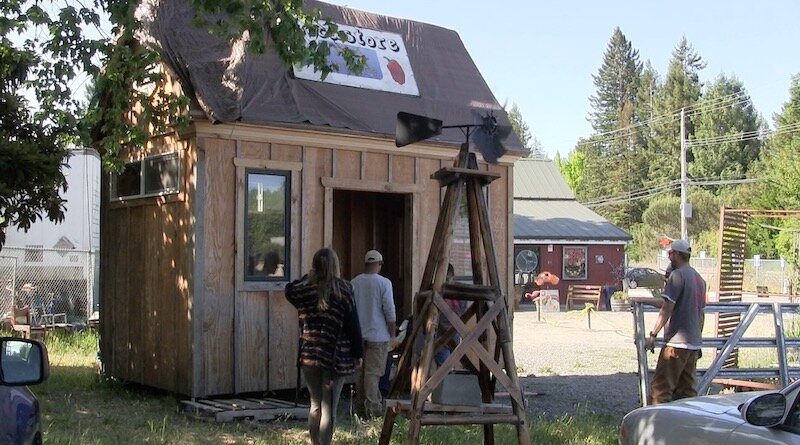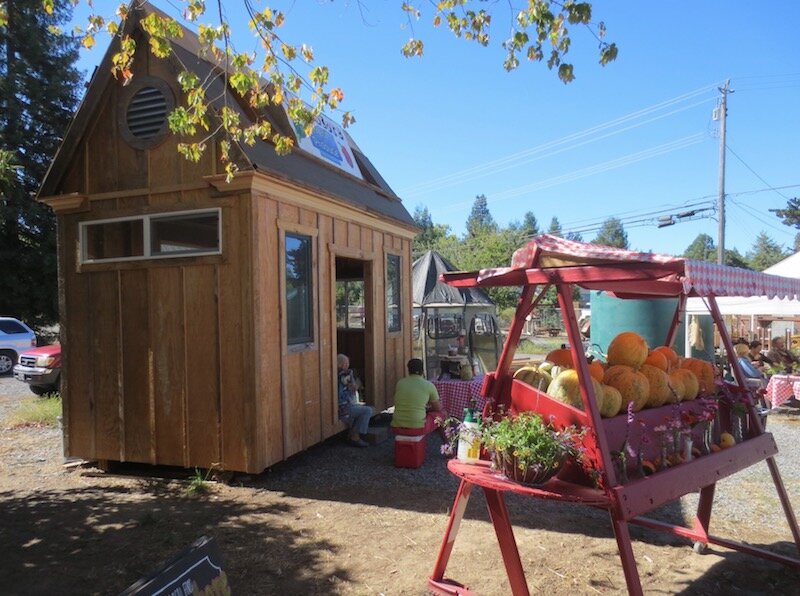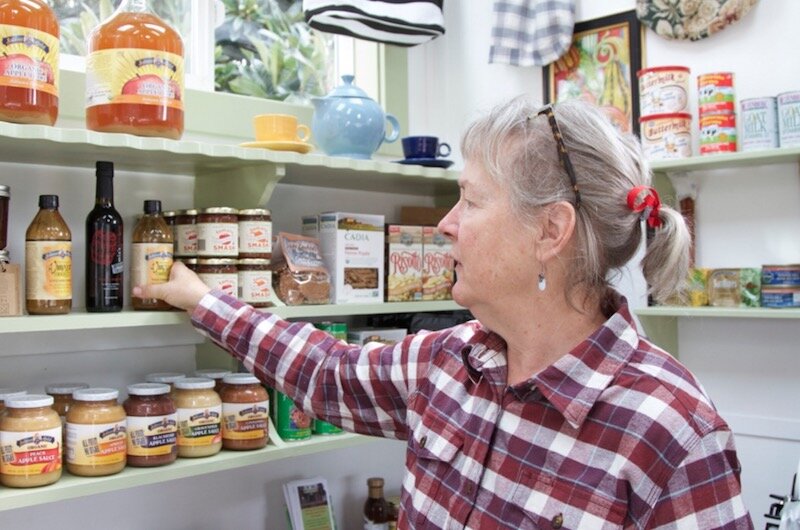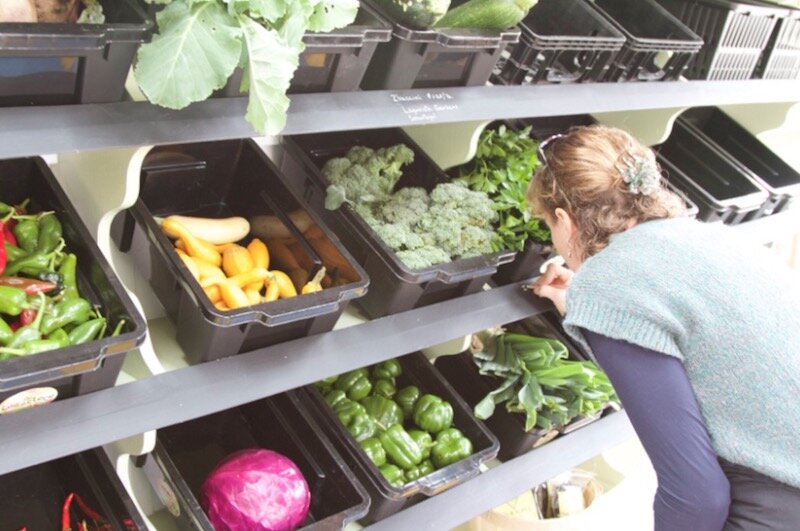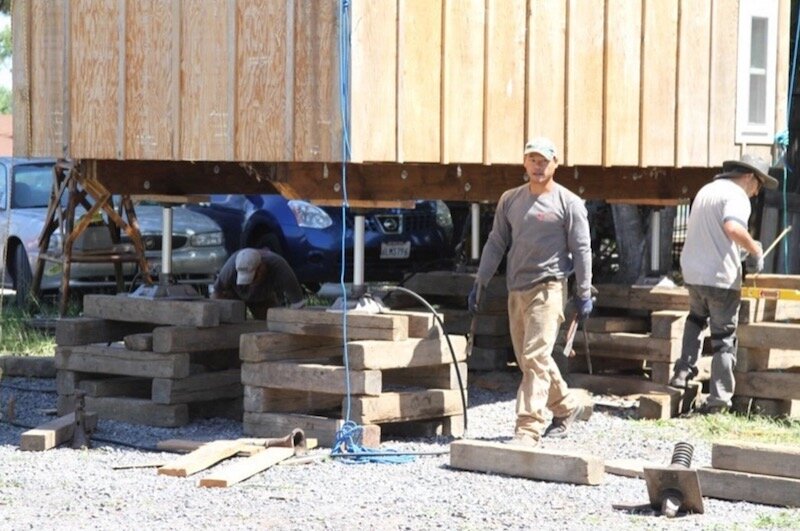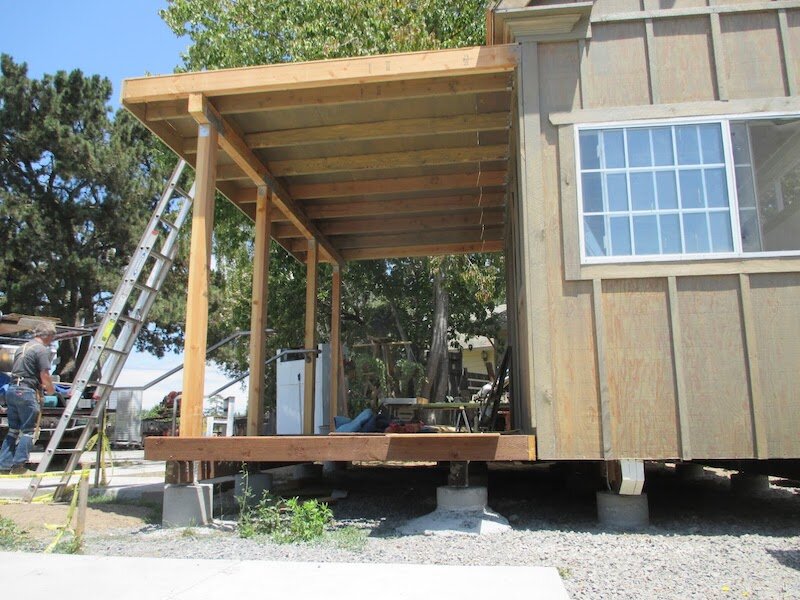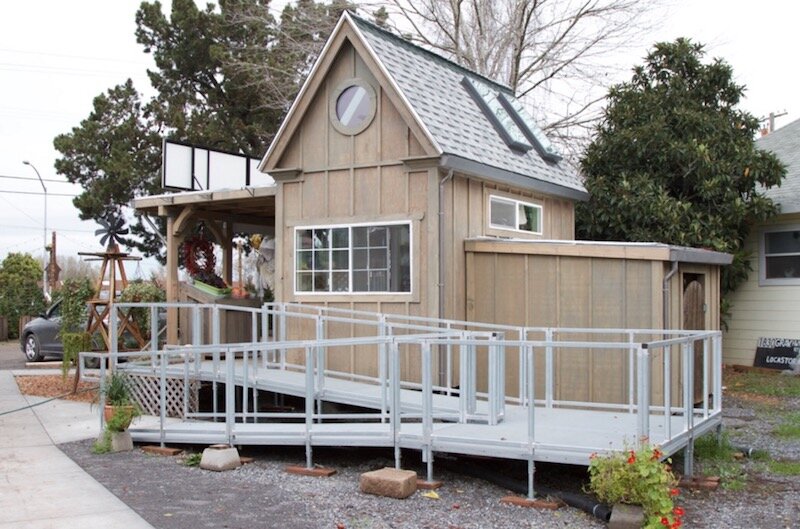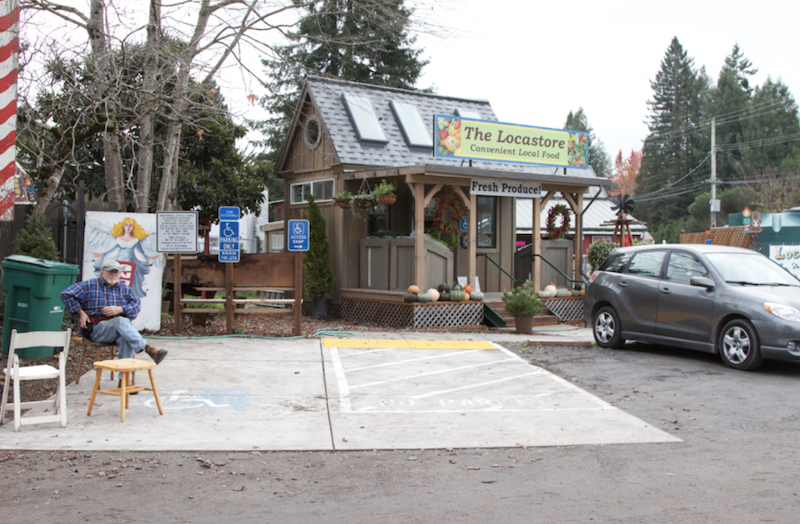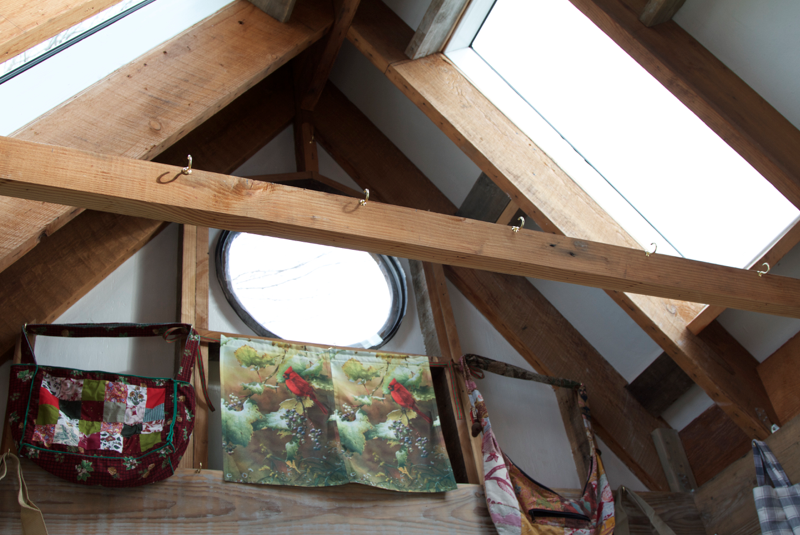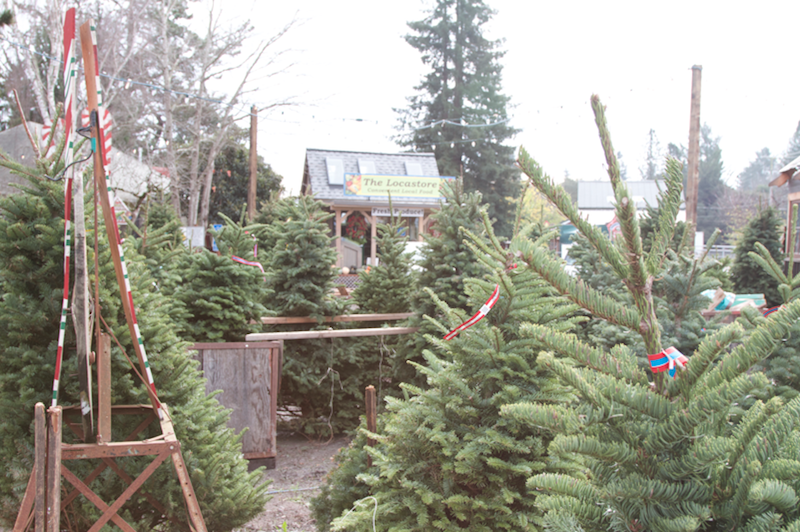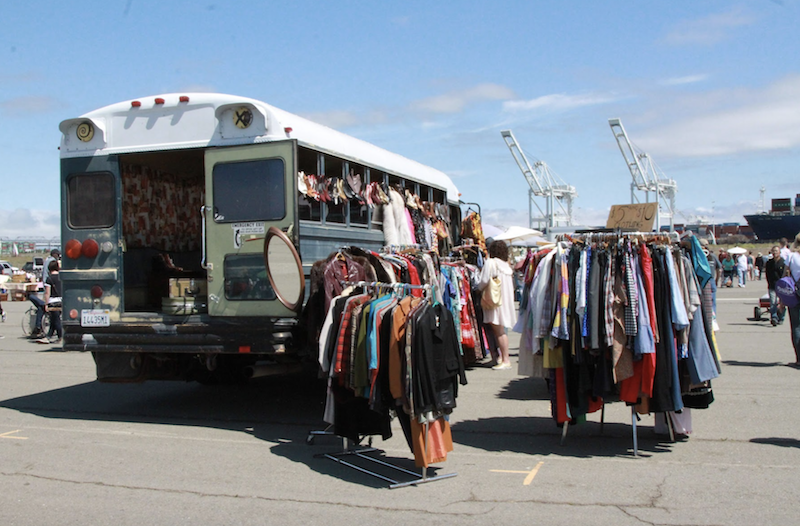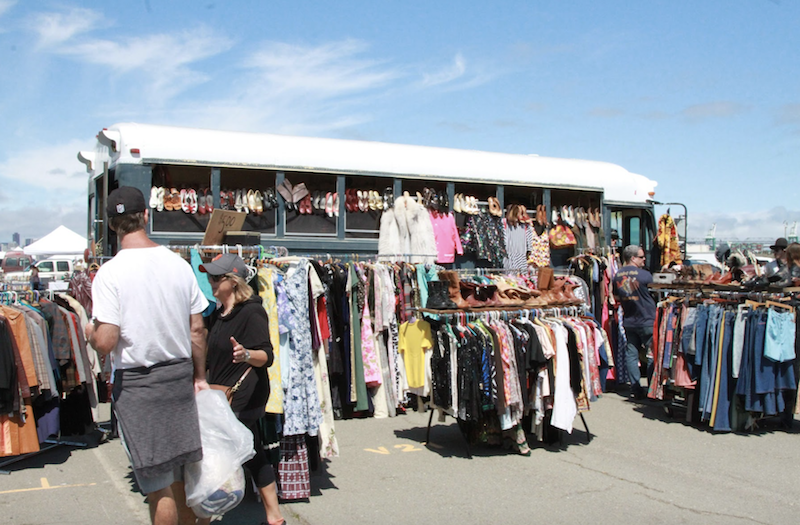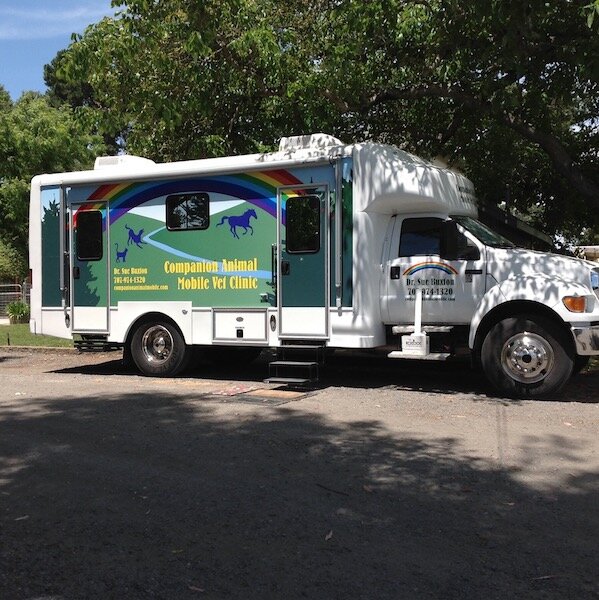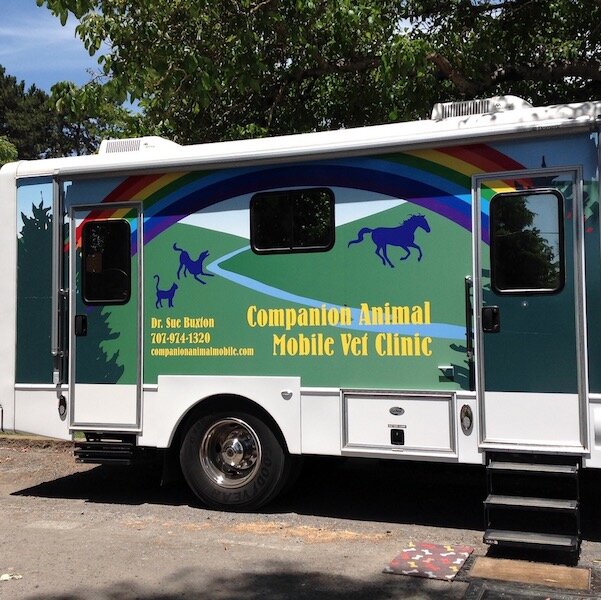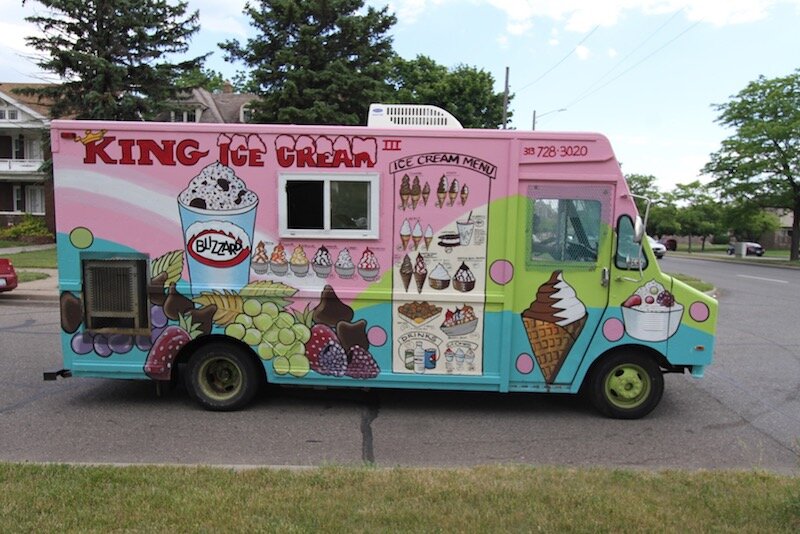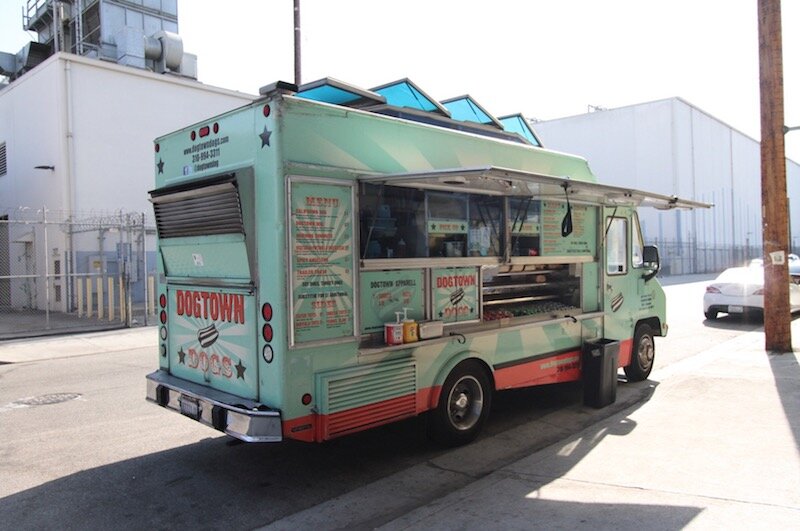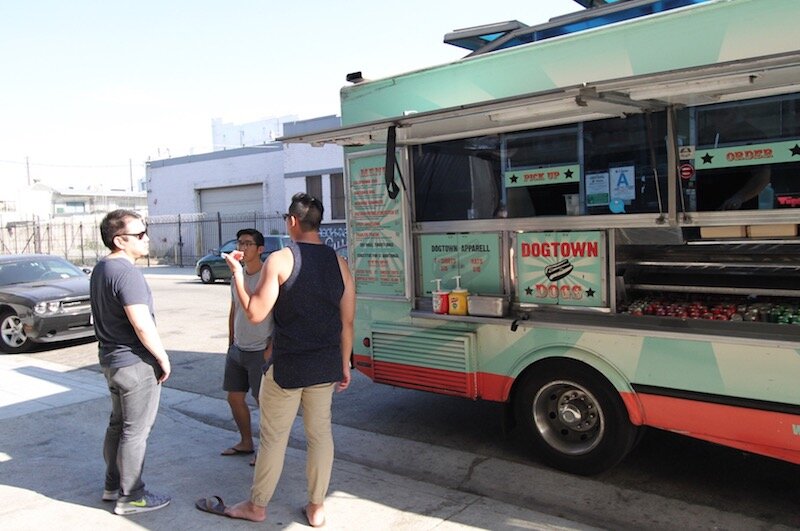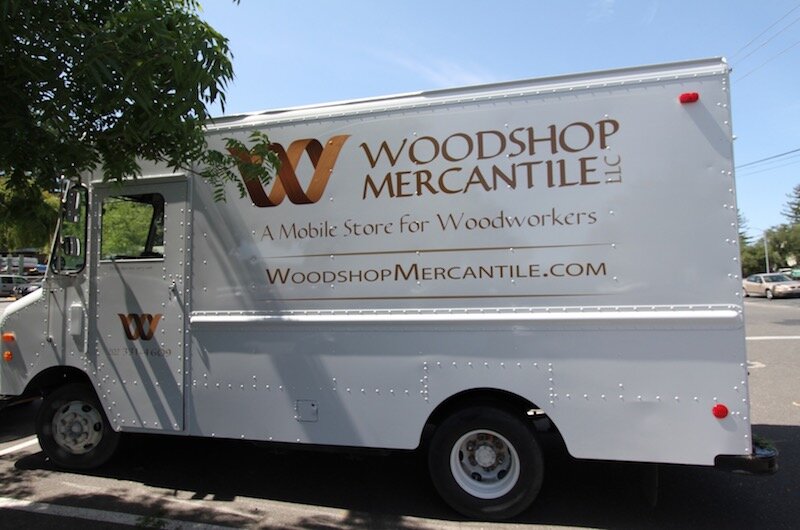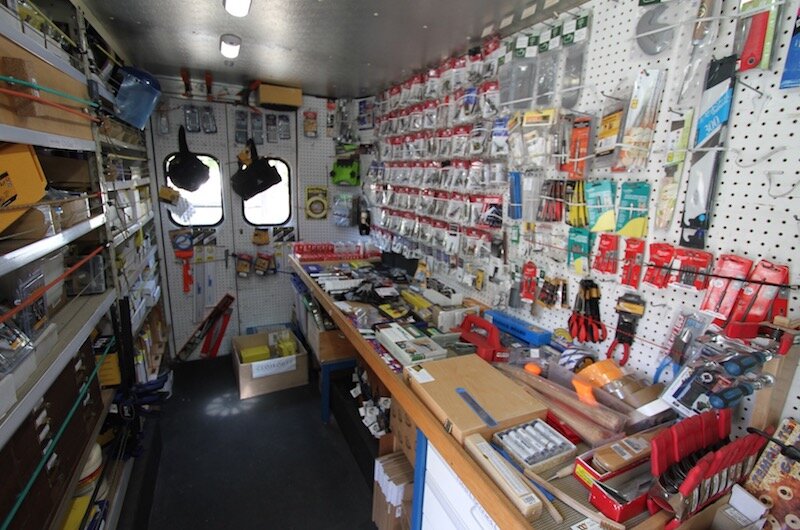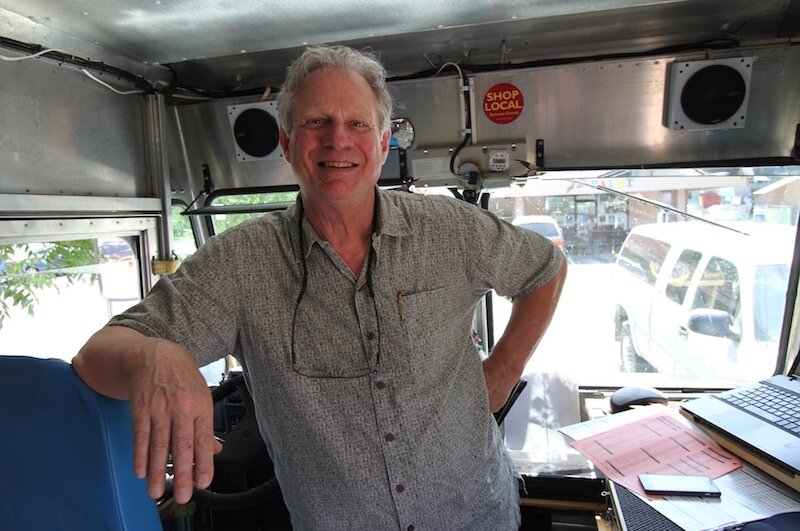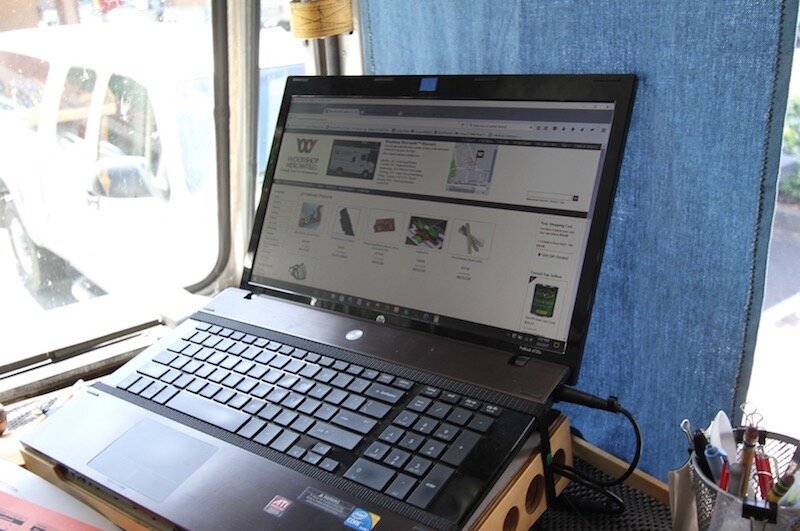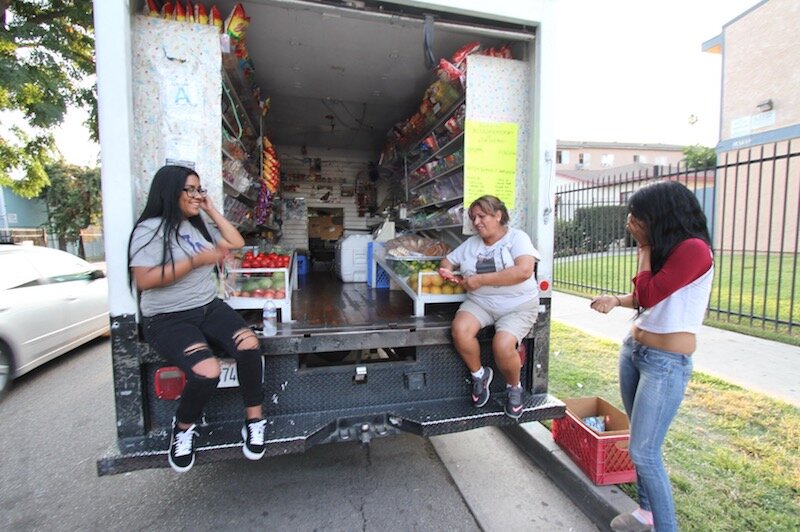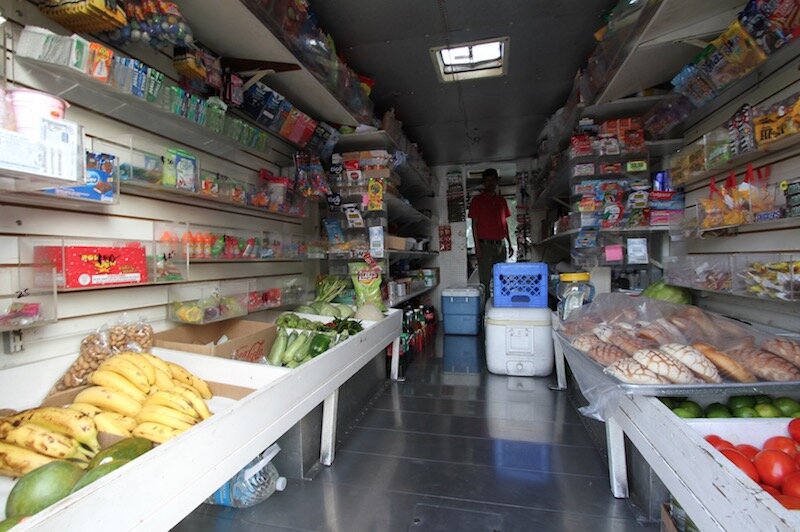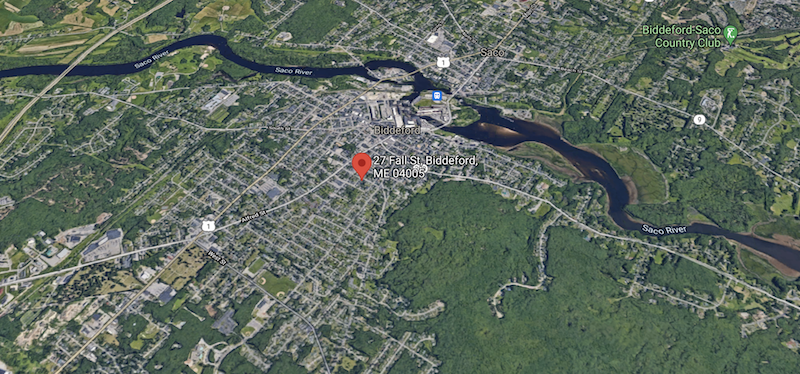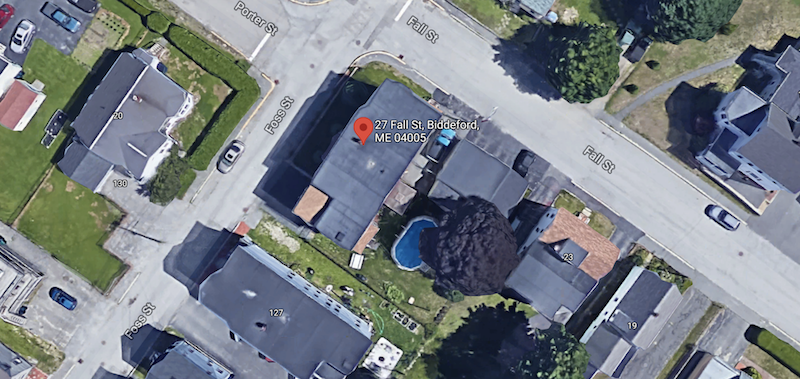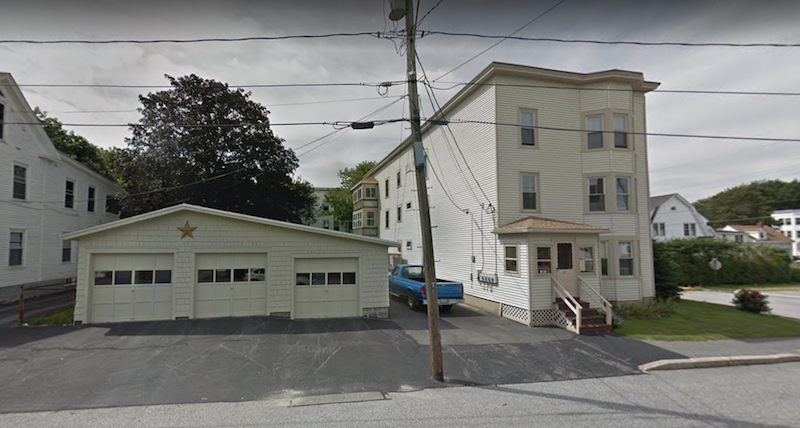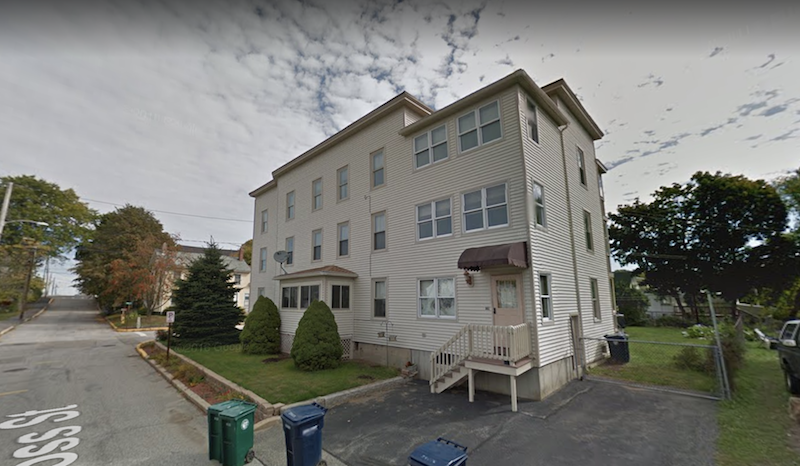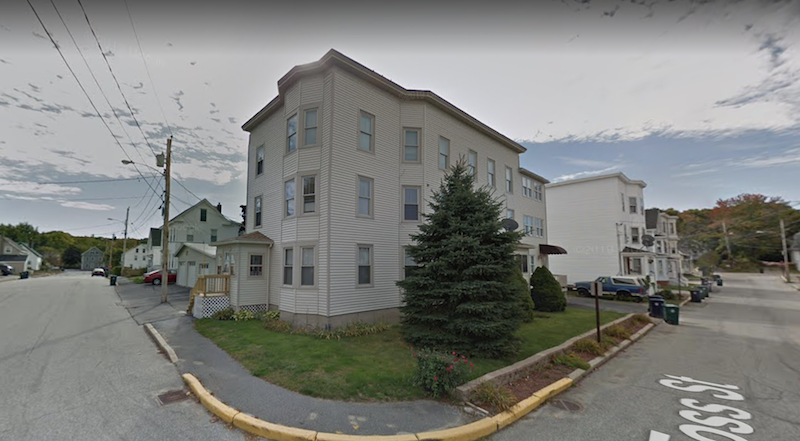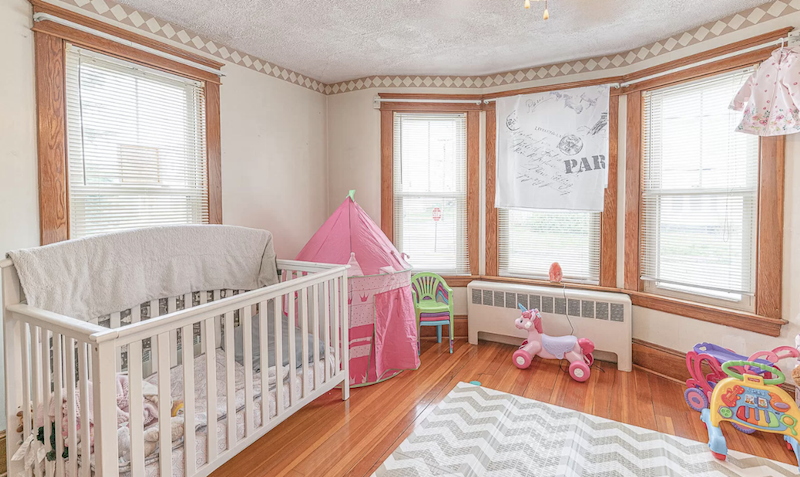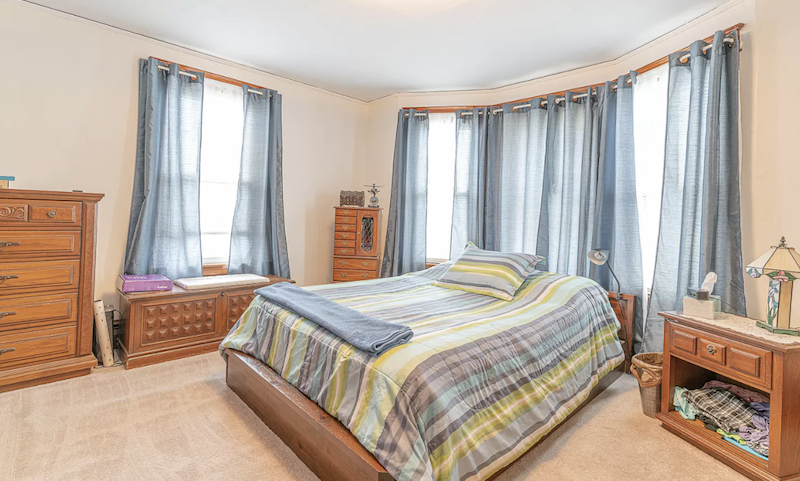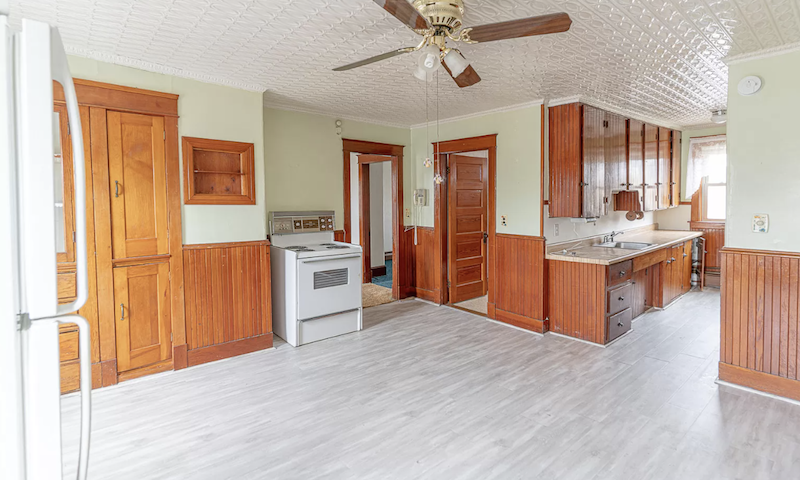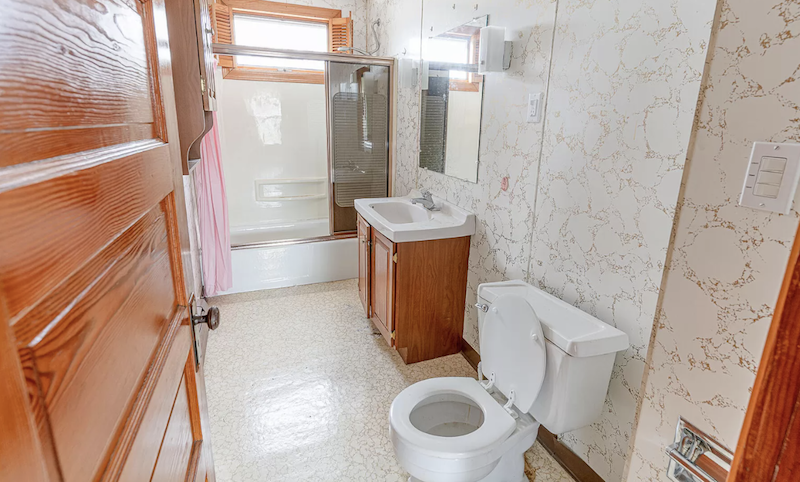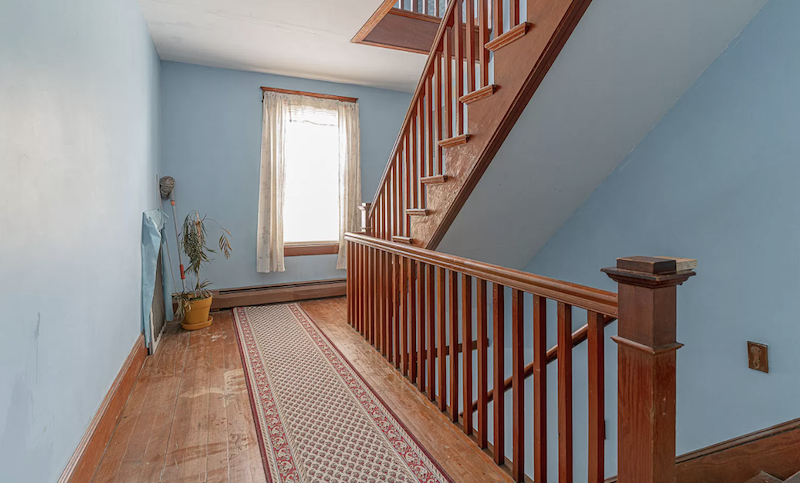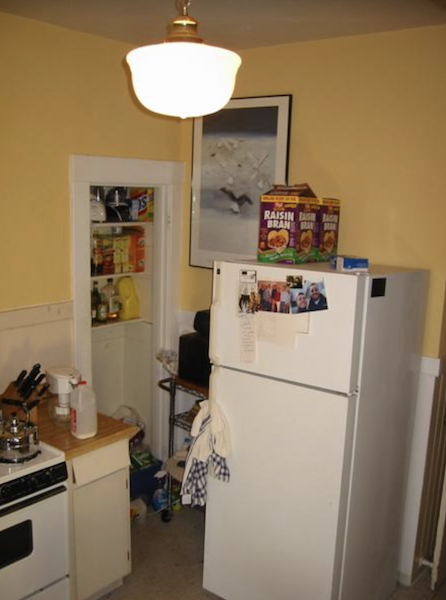Maine Street
A woman reached out to me from Biddeford, Maine last week. There was a long phone conversation and a flurry of texts and emails as we discussed how she can move forward with her well established non profit community organization. Biddeford is rapidly gentrifying and she believes her hard work over the last thirteen years helped cultivate a vibrant community of engaged and creative people. This is partly why the town is now more desirable, and hence more expensive, than other country towns in Maine. She just wishes the benefits of this recent boom in Biddeford were more evenly distributed across the population. As it is, many of the people she most wants to serve are being squeezed out.
Zillow
I did a quick check on Zillow and property prices are, in fact, up substantially. An average home that would have cost $288K last year is now selling for $340K and prices are expected to rise further this year. This real estate bump may be a singular transitory event driven by city people with money migrating to small towns due to Covid. Or it may be a consequence of historically low mortgage interest rates and federal “liquidity” inducing second home and investment purchases for qualified individuals. Or it could be a massive bubble heading for a pop. Regardless, the impact on people lower down the economic pyramid is real.
My New England contact wanted her non profit to buy an existing commercial building in Biddeford’s historic downtown. With enough funding her organization might be able to swing things, especially with the usual tax incentives and outreach from municipal authorities. She also talked about purchasing vacant city owned land that could become incubators for fledgling entrepreneurs. Shipping containers or prefab pop up structures could be leased to would-be shop keepers. In time these enterprises might graduate to larger permanent buildings. Garden centers, art studios, cafes, and similar activities could all be in the mix. Housing would necessarily be part of these arrangements somehow.
In my mind there was the question of what constitutes an arts community. Is this merely nostalgia urbanism? Does anyone really want to live in New York in 1975 or do they just want 1975 rent? There was a reason New York was dirt cheap back then. What do creative folks really need in order to do their thing? If affordable real estate is the goal there’s no shortage of semi-abandoned towns all over rural Maine to choose from. But if what the arts crowd wants is access to economic opportunities and bougie amenities that’s a different thing. Squaring that circle is tricky.
I thought back to my friend Gracen who spent a few years living in Fredericton, New Brunswick which is largely comparable to towns in Maine. She worked tirelessly to cultivate community there and had a few small victories. But she doesn’t live there anymore. Like so many smart young people she moved on, first to Toronto and then Ottawa. Those larger cities have their own problems which are actually more acute than what Biddeford is dealing with, but somehow that’s where she migrated to for all sorts of reasons.
There’s the interminable decades long conversation here in San Francisco about affordable housing. The immense gap between average incomes and the cost of housing goes hand in hand with an epic homeless population. What can individuals do at the grass roots level to make the city better? Short version… These aren’t problems to be solved. They’re consequences and conditions to be managed and absorbed. No one at a do-gooder gathering with local officials wants to hear that, but it’s true. San Francisco solved its stray dog and cat problem with a highly effective no kill shelter system years ago. People love animals. Homeless humans? Not so much…
Apple Street Market
Apple Street Market
Talk of fostering new local businesses in Biddeford immediately induced flashbacks to a non profit organization in Cincinnati, Ohio. Back in 2014 a civic minded group of locals decided to resurrect a dead grocery store and establish the Apple Street Market co-op. I was one of the “investors” who contributed to the project. Just last week, seven years into the attempt, I got an email from the organizers letting everyone know that the effort had officially come to an end. The money that had been gathered from neighborhood supporters had been spent on institutional friction without yielding any results. This is a common scenario.
The function of such non profit organizations, whether they realize it or not, is always to insert themselves into the existing financial and regulatory machinery in order to divert tiny rivulets of money from enormous capital flows. More often than not small projects are forced to grow in size and scope to attract support from well established participants. None of the higher ups care about the little projects per se - they’re merely grist for the larger set of interconnected systems. It’s more about compliance and tailoring the application to the funder’s parameters. Successful groups understand this and their projects often end up looking rather ham fisted and over scaled. Most non profits don’t grok this and they die a slow death like the Apple Street Market.
Back in 2013 I was in Salt Lake City, Utah and filmed a short video documenting the initial iteration of the Granary Row pop up project. (My friend Kirsten Dirksen did all the real work of editing - I was just her grunt.) The program got support from the city and a collection of corporate sponsors for a few years and then it just stopped. Granary Row still exists as a neighborhood, and it’s arguably better now than it was eight years ago. But the temporary shipping container shops and street median beer gardens are no more.
August 2015 Google
August 2015 Google
August 2015 Google
August 2015 Google
Google street views are time stamped. Looking back there’s the emergence of the shipping container shops. In order to be legal they were established as seasonal event spaces which can only exist for three months per year. The rest of the year they had to be locked tight and kept dormant. These images are from 2015.
July 2018 Google
By 2018, long before Covid emerged, the containers were gone. The organizers, designers, and sponsors of the project got a few good summers out of the concept and that was the end of it. There’s no evidence that the street had ever hosted much of anything. It was an ephemeral exercise.
July 2007 Google
July 2011 Google
August 2015 Google
September 2015 Google
June 2019 Google
On the other hand, some of the permanent buildings along the street have definitely seen some serious improvements. A light industrial building that had an “available” sign out front since at least 2007 is now occupied by a company that designs upscale event spaces with “immersive experiences.”
July 2011 Google
July 2018 Google
A parking lot on the corner became an affordable housing complex called Moda Granary Place. The different floor plan options have names like Spirit, Valor, Vitality, Moxie, Zest, and Gusto. It’s hard not to mock the marketing department, and not everyone wants to live in a generic box. But this new construction is better than a parking lot.
September 2011 Google
September 2015 Google
June 2019 Google
This bland squat light industrial building is now part of a chain of co-working spaces called Industry. It has all the shiny tech bells and whistles nomadic millennials expect in a gig economy environment.
The lesson here is to own cheap mediocre property in an undesirable location before the guerrilla urbanism interventions are launched. The lasting value comes not to the event organizers, but to the adjacent physical owners. That’s the whole point of the pop ups. Attempting to buy high cost property in an already desirable location using a non profit model is the exact opposite of how the world actually works.
Here’s an example of a successful effort to provide genuinely affordable housing in a rapidly gentrifying location - an economic dynamic that has only dramatically intensified since it was first constructed in 2009. I hasten to point out that these few dozen units were originally envisioned in the late 1980s and took decades to finally materialize. It’s possible to build such places and they’re wonderful for a long list of reasons, but the people involved had endless stamina and commitment to the effort. As much respect and admiration as I have for this place and the individuals who brought it to life, this method really doesn’t scale to meet the larger need. It’s a lovingly handcrafted place in a larger context that requires rapid mass replication. American society simply isn’t willing to cooperate, so each new project has to start from scratch and fight the same fights over and over again. It’s exhausting.
That gets me to the Los Angeles Ecovillage. Lois Arkin, the founder, is one of my heroes. She spent eleven years going down the path of non profit fund raising, grant writing, government bureaucracies, pro bono architectural renderings, city owned land site selection, middle class NIMBY protests, and environmental impact reports before she threw up her hands and switched tactics. This cluster of 1920s buildings were poorly maintained, half vacant, and undervalued by their slumlords when she first identified them. But after the Rodney King riots of 1992 the neighborhood experienced a hard crash and properties like these went into foreclosure and bankruptcy.
That’s when Lois gathered funds from like-minded family, friends, and willing supporters in the absence of institutional systems and paid cash for the first building at a deep discount. She repaid the initial investors with interest within ten years. Along the way she lowered rents, gradually rehabilitated each of the units in an informal ad hoc manner on a cash basis, and created a co-op ownership arrangement for residents. She turned renters into owners where they already lived. Two additional neighboring buildings were also purchased in order to expand the ecovillage. In the intervening decades this part of Los Angeles has experienced a revival. It’s sandwiched between Koreatown, Silver Lake, and downtown LA - all of which are now substantially gentrified and commanding premium prices.
As I go down the list of projects I’ve encountered around the country I‘m reminded of my friend Susan and her Locastore which she began on a vacant lot in 2013. She rented the land at a nominal price from a sympathetic owner. He wanted to encouraged small scale entrepreneurs like Susan and her vision of a local mutually supportive economy. It was also a site that couldn’t be developed due to lack of municipal infrastructure in addition to prohibitions on private wells and septic systems.
Susan built a little off grid portable shed on a cash basis with her own money and started selling fresh produce - much of it from her own organic garden. She also sourced packaged goods and a variety of seasonal items from vendors in the area. This was a classic roadside stand that didn’t need to generate much income because the cost of getting started and keeping it going was so low.
Then the county authorities began arriving regularly to slap red tags on her operation. It was illegal to operate a business in a building that didn’t conform to earthquake standards. So she had to jack up the shed and pour a concrete pier foundation.
After the shed was elevated it was too high off the ground to comply with the Americans With Disabilities Act. She opted for a prefabricated access ramp that came pre-certified in order to avoid any future regulatory ambiguities. The ramp was larger and nearly as expensive as the shed itself. ADA compliant parking spaces and pathways were also required.
Susan wanted her little shop to be accessible to everyone and made the required investments. But the county kept coming with more red tags. Someone with a light meter arrived on the shortest, darkest, rainiest day of the year and said the inside of the shed wasn’t bright enough to legally conduct business. She explained that she was interacting with customers outdoors selling Christmas trees and there was no electricity in the shed for lights. But no…
This went on and on for a couple of years. Susan eventually realized this process wasn’t going to end until she had built the equivalent of a 7 Eleven or a gas station. She went out of business. The most common reaction to this story involves people saying Susan was an idiot for even trying to run this kind of shop. But if society only allows for the 7 Eleven and the gas station that has its own consequences that are equally idiotic.
One possible alternative for people like Susan is a fully mobile establishment. The authorities will absolutely slap red tags on these operations too, but it’s possible to just move on to a more receptive venue. Some jurisdictions are more accommodating than others. Flea markets and other spots have already created a legally tolerable environment ahead of time. A shop on wheels will never build equity the way real estate can, but it might just generate a living wage at a significantly lower burn rate.
Some brick and mortar businesses actually want a complimentary mobile business parked out front. A bar might not sell food, so a food truck keeps people around and drinking longer. Lumber yards might not sell specialty tools, but the people who buy woodworking tools tend to buy timber. A mobile business that has a digital presence might do the bulk of its sales online. And if a mobile business fails the vehicle can always be repurposed into a new venture with a fast turnaround.
Mobile retail allows underserved populations to have access to the products and services they need right when and where they need them. The Apple Street Market people in Cincinnati could have bought, fitted, and stocked a roving grocery van for less than the cost of shuffling paperwork around for years. A food truck is an order of magnitude less expensive to create than a restaurant. If it succeeds it can migrate to bricks and sticks. If not, it’s easier to lick your wounds, recover, and move on. These days it’s actually more likely for a brick and mortar business to go mobile or virtual and abandon it’s permanent hard shell than the other way around.
Before anyone in Biddeford starts eyeing expensive commercial property downtown or vacant lots to incubate local businesses they might want to explore the whole financial, infrastructure and regulatory fluster cluck in advance. It can be done, but it’s all about fund raising in order to write grant applications, which then provide enough money to do studies that qualify the project to raise more money in order to get more grant funding… Rinse and repeat for a couple of decades. This is the official path to eventually achieving something with a non profit before you’re dead. Maybe. Maybe not. It’s always about begging for crumbs. I ain’t got time for that.
Biddeford, Maine (Google)
Here’s one possible alternative to the Biddeford situation. I got on to Zillow and found this triplex on the market not too far from downtown. Each of the three apartments has three bedrooms. That’s sufficient to raise a family. The backyard is large enough to accommodate an above ground swimming pool and a patch of garden. There’s a full basement as well as a detached three car garage, plus a couple of ancillary driveways. It’s neither in pristine condition, nor a falling down wreck.
Built in 1920 the property is likely going to need some mechanical upgrades over time, and new owners will probably engage in cosmetic improvements. But overall, it’s not bad. I could see myself living here on a tight budget and being happy. This property could provide both housing and work space for mobile and online ventures without directly violating zoning regulations. And the occupants could be owners who gradually accumulate equity.
I understand that not everyone, least of all starving artists, can afford to buy much of anything. But that assumes a Lone Wolf mentality. The asking price of this building is $575,000. This is well beyond the reach of the target demographic the woman in Maine is attempting to serve. But if three people got together and combined their resources they might be able to make it work.
A mortgage on a $575,000 building at today’s interest rate would be $2,719 per month. Divide that by three and it’s $906 each. That’s very reasonable. A 20% down payment on a $575,000 property is $115,000. Divide that by three and it’s down to $38,333. I’m not going to pretend that’s an easy amount for most people to come up with in a lump sum, but it’s fully half the cost of buying an average home in Biddeford. That’s about as affordable as it gets for most middle class three bedroom accommodations in North America.
I say this from the perspective of someone who has done precisely this myself. As a young person with extremely limited resources I realized I was in long term danger by renting in a pricey market. This was especially true since I had been living in a series of substandard and illegal rental accommodations because that was all I could afford. So I identified a small apartment building here in San Francisco, got a group of friends to chip in, negotiated with the landlord, and purchased the property collectively. Back then this was a bad neighborhood and we were warned by many that it was a poor investment.
Unfortunately no bank would give us a mortgage so we had to switch tactics. We rebranded ourselves slumlord investors, presented the bank with a pro forma that showed the building would cash flow with market rate rents, and we requested a business loan. The bank completely understood that model and granted us the funds. Once we owned the property we simply rented to ourselves. Later we refinanced and converted to a normal fixed rate standard mortgage.
Decades later we’re all still here. Given what’s happened to the cost of real estate in San Francisco we now enjoy the security of ownership and are beneficiaries of gentrification rather than the victims of it. If I had attempted to form a non profit organization to create affordable housing I’d still be jumping through hoops and I’d probably be living in another state by now.
